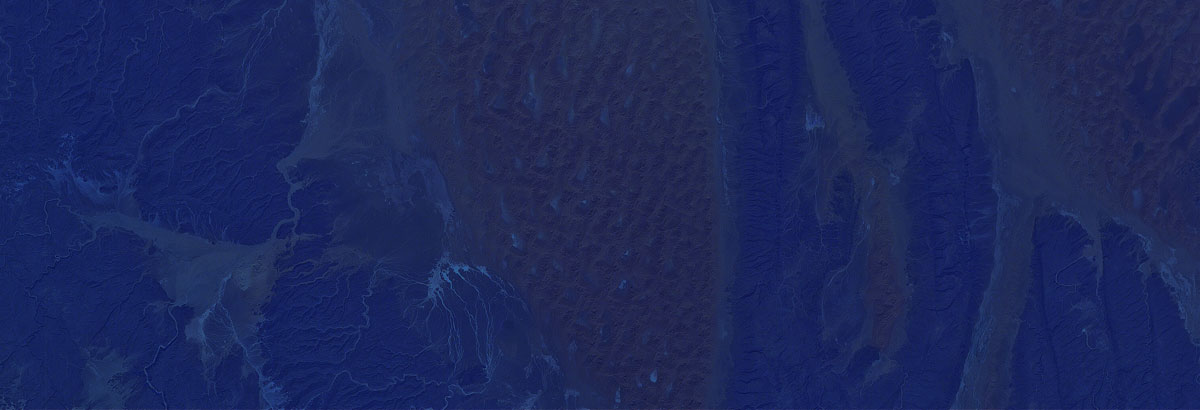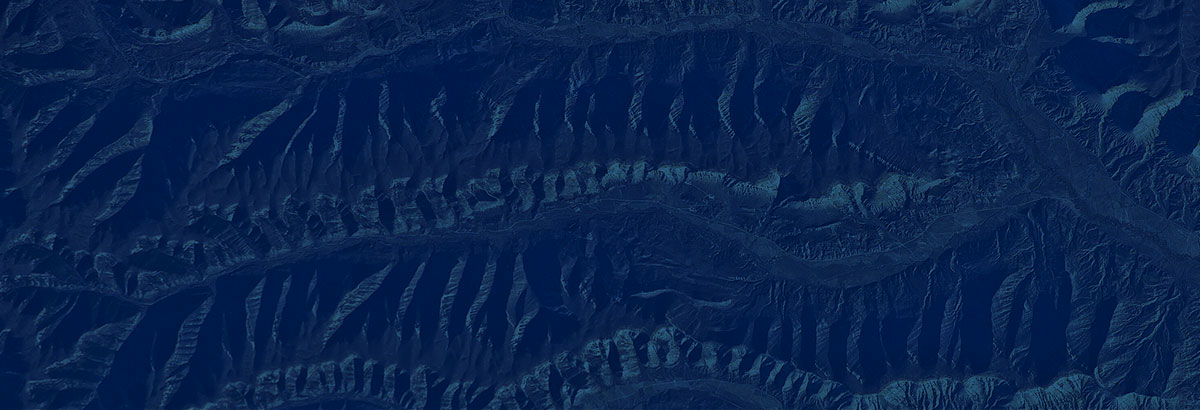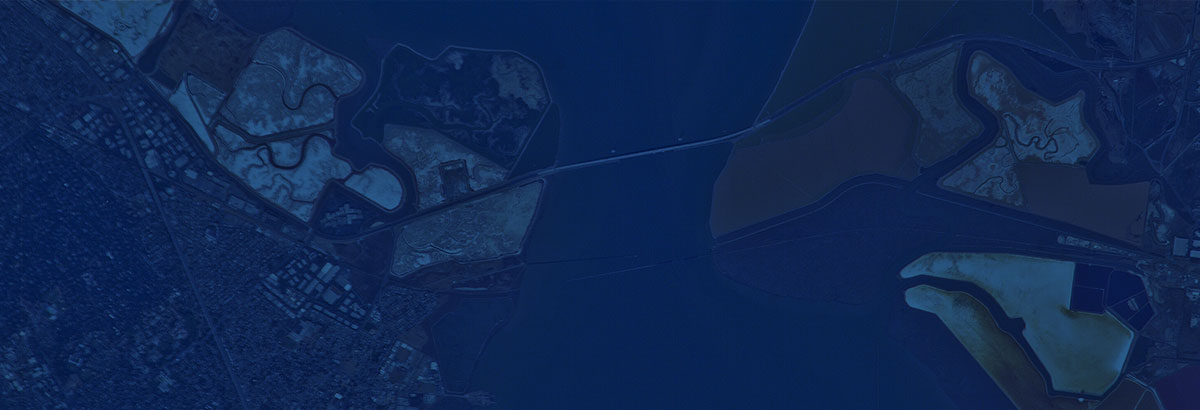A Near-Miss by Asteroid 2019 OK is the World’s Reminder We Have More Work To Do by Danica Remy
July 31, 2019
By: Danica Remy, President
Last week, an asteroid about 100 meters in diameter, Asteroid 2019 OK, sped past Earth at a distance of about 70,000 kilometers. The asteroid safely missed our planet, but at 70,000 kilometers, Asteroid 2019 OK came quite close – much closer than the moon’s orbit which is on average 382,000 kilometers from Earth. This was the largest flyby within the moon’s orbit that was tracked by astronomers since the start of this year and, perhaps most alarmingly, the asteroid was only discovered earlier that week and its size and path was announced only hours before the fly-by. These types of fly-bys are actually more common than you might think and our knowledge of them will only increase as more telescopes come online. The Asteroid Institute, a project of B612 led by former NASA astronaut Dr. Ed Lu, is, in part, working to reduce the number of fly-by surprises.
The good news is there are a number of observatories around the world today dedicated to tracking the really large asteroids. Soon to be deployed mega-telescopes funded by government syndicates (such as the $700 million Large Synoptic Survey Telescope (LSST) due to be commissioned in 2022) promise to make a substantial contribution to the tracked population of large near-Earth asteroids down to about 140 meters in diameter. However, the several million much-harder-to-see smaller rocks under 140 meters will require new technology and techniques.
For tracking the asteroids the size of Asteroid 2019 OK and smaller, scientists and researchers at the Asteroid Institute believe there are promising new technologies such as synthetic tracking, which could detect and track these remaining asteroids with far greater speed and less cost than current methods.
Along with LSST, ATLAS, PAN-STARRS, and the Catalina Sky Survey, and other telescopes, synthetic tracking has the potential to bring the global inventory of near-Earth asteroids down to about 30 meters in size, which would be a major improvement over the catalog even after LSST completes its survey.
Synthetic tracking along with other projects such as the Asteroid Decision Analysis and Mapping project (ADAM), support the Asteroid Institute’s vision to develop a dynamic map of the inner solar system. This map powered by world-class research and a global community of donors, will not only protect the planet from asteroid impacts but it will support efforts to open new frontiers and, potentially, form a foundation for the expansion of humanity into the solar system.
You can learn more about the work of the Asteroid Institute here.















